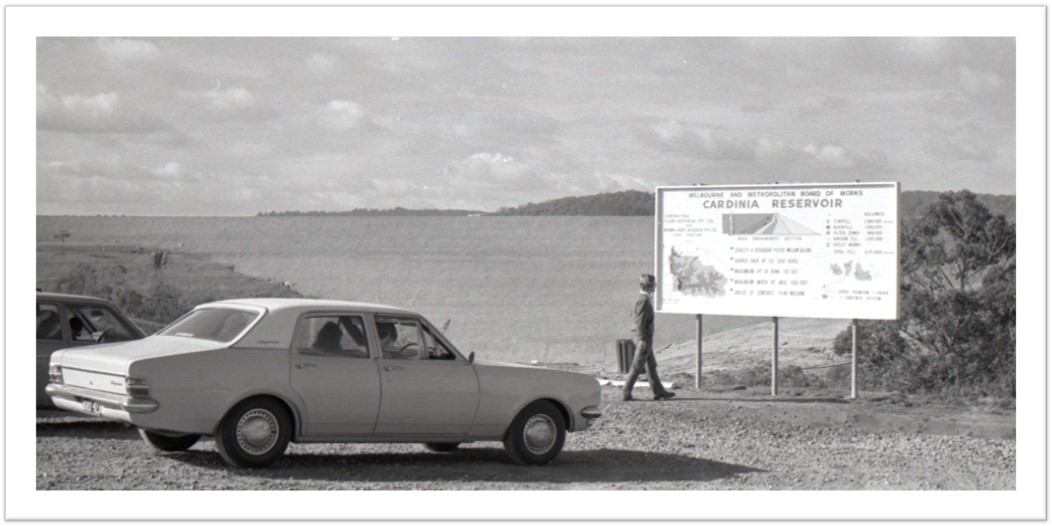
Our story
Fifty years ago, VEAC’s predecessor the Land Conservation Council was established in the wake of the fierce dispute over the agricultural development of public land in Victoria’s Little Desert. Then premier Henry Bolte responded to growing community concerns over environmental policies by implementing a suite of reforms, one of which was a systematic and transparent approach for reviewing and recommending appropriate uses for public land. Creation of the LCC was intended to hand the political hot potato of public land disputes to an independent council of experts, upon whose recommendations governments could then act.
The LCC first met in April 1971. Since then, through two name changes this model of decision making – unique in Australia and internationally – has remained a respected and enduring feature of Victoria’s approach to public land policy and management.
In 1971 most of Victoria’s prime agricultural land was already cleared. Victoria remains the most cleared state in Australia. Just over one per cent of Victoria was protected in national parks and wildlife reserves. The government decided that the use of land in Victoria be rebalanced. When the LCC was established, the legislation set down clearly that it was ‘to make better provision in relation to the conservation of public land’ and to make recommendations to ‘provide for the balanced use of land in Victoria’. Fifty years later, around 16 per cent of land in Victoria is protected in national parks and other parks and conservation reserves.
Celebrating 50 years - our program of events
The symposium showcased environmental and social research on Victoria's public land and how science contributes to policy and management. Research and data are central to VEAC’s role in providing authoritative advice and recommendations on public land.
It was in recognition of the importance of research that the Bill Borthwick Student Scholarships were established for tertiary students to assist in the costs of research relating to public land in Victoria. This event also marked ten years of the Borthwick scholarships.
In a series of five-minute talks, we heard from twenty postgraduate students, public land managers and scientists who conduct research on public land.
Individual talks given at the symposium can now be viewed online.
You can view the recordings of the symposium here.


